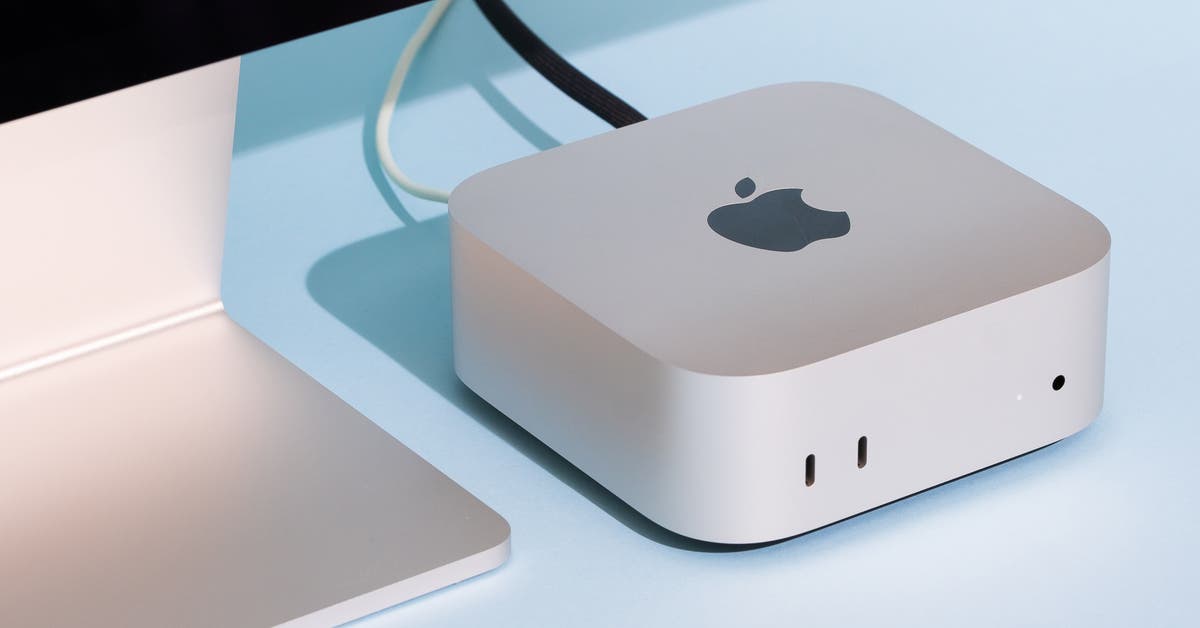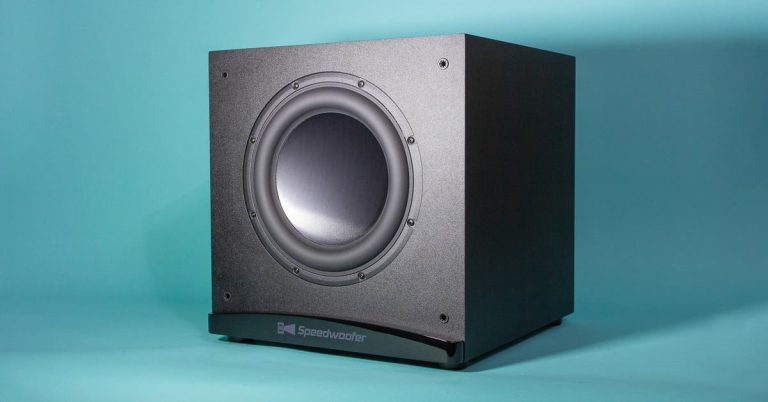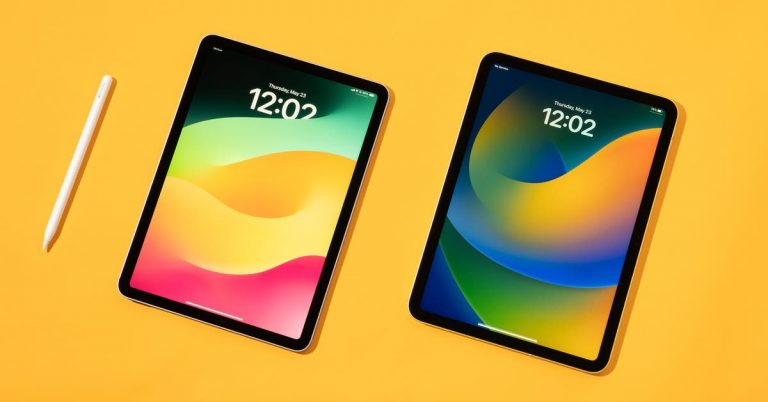How to Buy a Mac Desktop in 2025
Most people have just two options for a Mac desktop: an iMac or a Mac mini. The differences between those two computers should make the decision easy. The iMac has a built-in screen and fewer ports, making it better for people who want the simplest computer possible. The Mac mini has more ports and lets you choose and plug in your own display, making it cheaper and just as simple to get started with if you already own a monitor. Both of these computers run on Apple’s custom processors, which are more than powerful enough for everyday tasks.
Both computers work well as a home or office computer but can also handle some more intensive tasks such as editing vacation photos or video you’ve taken on your phone. Apple also plans to support the M4 chip for years to come, so you don’t have to worry about the hardware becoming unsupported for at least five years.
Apple iMac (M4, 24-inch)

Recommended configuration
If you want the simplest Mac desktop possible, buy an Apple iMac. It’s basically just a screen with a computer already inside. We recommend the mid-range version, which has a more powerful processor, an ethernet port on its power brick, the option to add two additional monitors instead of one, and the option to add nano-textured glass to reduce glare. The 24-inch iMac isn’t the best bargain—a Mac mini or Windows all-in-one PC would be cheaper—but it has a clean aesthetic and a high-resolution screen, and it’s the only all-in-one computer Apple sells.
The iMac runs on Apple’s M4 chip, which is powerful and energy-efficient, and the computer is silent since it doesn’t need any fans for additional cooling. The 24.5-inch display has an unusually high 4.5K resolution with excellent color accuracy, which allows you to watch 4K videos without missing any detail. The display also reaches 500 nits of brightness, so it’s suitable for use in bright and sunny rooms. We ran the display through our tests, and its color accuracy was fantastic, matching the impressive accuracy of MacBook Pro displays on a much larger screen. Built into the bezel just above the screen is an upgraded 12 megapixel webcam that works quite well in low-light settings (assisted by the light that the screen gives off), along with a decent-quality microphone for video calls.
This computer isn’t the best option if you like to add assorted wired USB-A peripherals to your computer, such as wired mice, webcams, or external storage devices. If you do need more ports, you can always plug a USB hub into the back of the iMac.
Apple Mac mini (M4)

Recommended configuration
If you want to hook up your own monitor, wired peripherals, or an external hard drive, or if you just need more ports, buy an Apple Mac mini. Keep in mind that if you go this route, you need to buy your own monitor, mouse, and keyboard to go with it. Check out our recommendations for the best 27-inch monitors, which is a good size for a home office, as well as our guides to wireless keyboards and wireless mice.

Because the Mac mini runs on Apple’s M4 chip, it’s powerful and quiet like the iMac and MacBooks. The base configuration comes with 16 GB of RAM, and macOS uses it efficiently enough for us to recommend that amount for most people.
If price is your top concern, it’s cheapest to buy the base Mac mini and then purchase a 24-inch monitor, a wireless keyboard, and a wireless mouse. If you were to buy our budget picks from each of those guides, before tax you’d pay around $950, rather than $1,300 for the cheapest iMac. In doing so, you’d get all the same features as with the iMac, missing out only on its excellent display, though you could upgrade your own monitor later on with the Mac mini. The M4 Mac mini has also already gone on sale for up to $100 off its list price with an education discount, making it the best Mac budget performer.
If you need just a bit more processing power for professionally editing photos or coding, then the Mac mini with the M4 Pro chip is also an option to consider. If you’re editing video every day, working with terabytes of footage a year, and need every extra watt of performance, then get the Mac Studio (more on that below). But if you professionally edit media occasionally, do coding work like compiling apps, or are a student in a field that requires graphics-intensive work, then the cheaper M4 Pro Mac mini is a perfect option.






